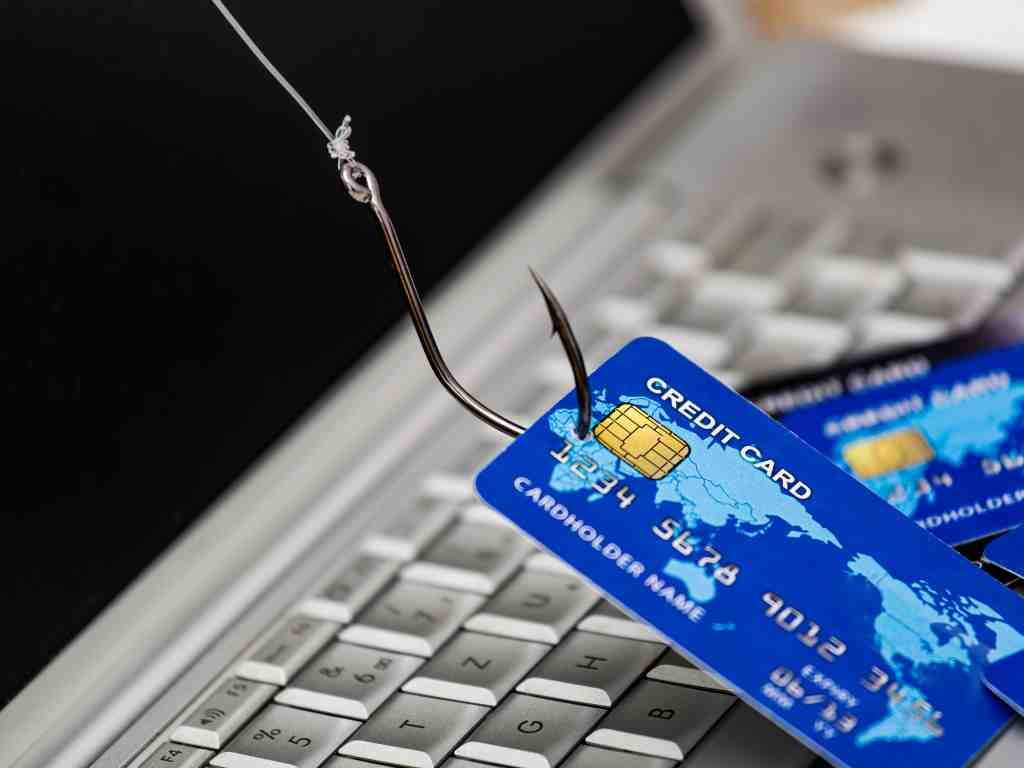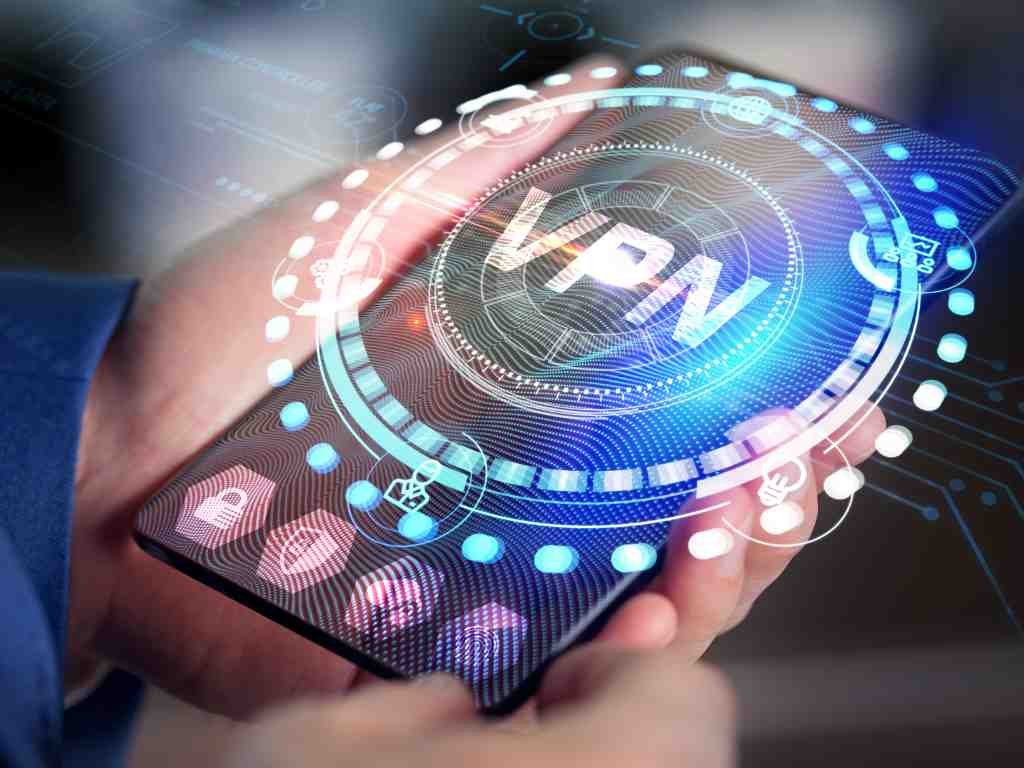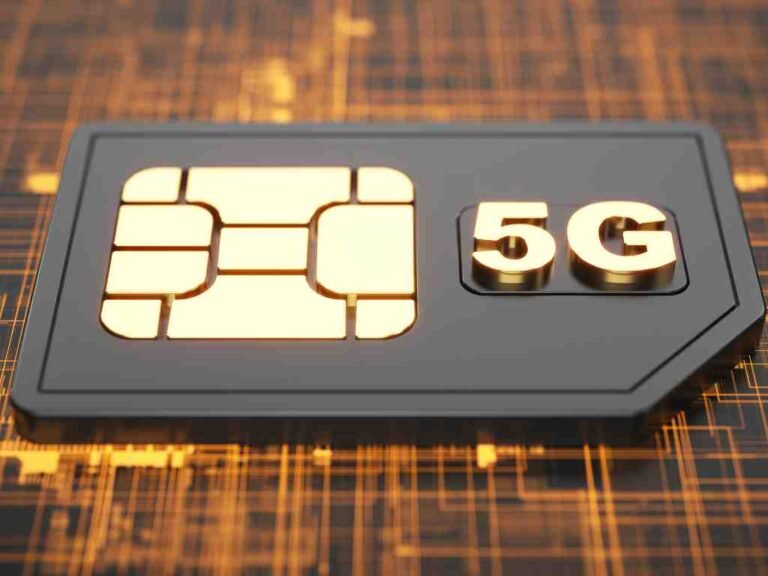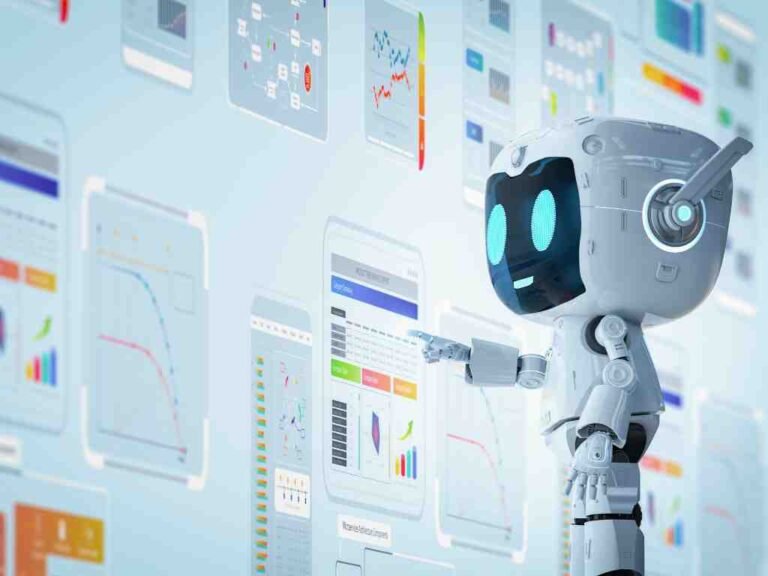In today’s digital age, cybersecurity has become an essential aspect of our daily lives. From the moment we wake up to the moment we go to bed, our devices are exposed to various cyber threats that can compromise our personal data, disrupt our work, and even put our safety at risk. As technology continues to advance, it’s becoming increasingly important to understand the impact of cybersecurity on our daily lives.
In this article, we’ll delve into the world of cybersecurity, exploring what it means, how it affects us, and most importantly, how we can protect ourselves from these threats.
What is Cybersecurity?
Cybersecurity is a multifaceted discipline that encompasses the practice of protecting computer systems, networks, and personal data from unauthorized access, use, disclosure, disruption, modification, or destruction. This critical field of study has evolved to address the ever-present risks associated with digital technology.

The Dual Nature of Cybersecurity Threats
Cybersecurity threats can be broadly categorized into two distinct categories:
* Physical Security: Physical threats, such as espionage, sabotage, and insider threats, can compromise the security of our digital assets. These attacks often rely on physical access to devices or networks.
* Digital Security: Digital threats, including cyber attackers using various tactics like phishing, malware, ransomware, and denial-of-service (DoS) attacks, seek to exploit vulnerabilities in software, hardware, and human behavior.
The Comprehensive Scope of Cybersecurity
Cybersecurity encompasses a wide range of activities, including:
1. Network Security: Protecting computer networks from unauthorized access, use, or disruption.
2. System Security: Safeguarding individual computer systems and their associated data.
3. Data Security: Protecting personal and sensitive information from unauthorized access, use, disclosure, modification, or destruction.
4. Application Security: Ensuring that software applications are secure against cyber threats.
The Importance of Cybersecurity
In today’s digital landscape, cybersecurity has become an indispensable component of our personal, professional, and organizational lives. The consequences of failure can be severe, including:
* Financial losses
* Data breaches
* Reputation damage
* Loss of customer trust
The Impact of Cybersecurity on Our Daily Lives
In today’s digital age, cybersecurity has become a paramount concern for individuals, organizations, and governments alike. The risks associated with cyber threats are diverse, complex, and can have severe consequences on personal lives, businesses, and societies as a whole.
- Dual connector: Yubico YubiKey 5Ci is an innovative multi-protocol hardware authenticator featuring a dual connector for lightning and USB-C ports. With the Lightning connector, you can protect your i…
- Compatibility: Yubico 5Ci provides the YubiKey 5Ci, on the one hand, with the functionality to support thousands of apps and protect their account credentials. The Lightning connector, on the other ha…
- FIDO: YubiKey 5Ci is FIDO-certified and supports Google Chrome and any other FIDO compatible application on Windows, Mac OS or Linux. Protect your login credentials and protect your Gmail, Facebook, D…
Personal Data Protection: Safeguarding Against Identity Theft and Online Exploitation
Protecting personal data is essential to prevent identity theft, financial loss, and damage to credit scores. Cybersecurity measures must be taken to ensure the security of online transactions, such as:
* Shopping: When making online purchases, individuals must verify that the website is secure and uses reputable payment methods.
* Banking: Online banking systems are vulnerable to cyber attacks, which can result in unauthorized access to financial information.
A lack of website security can leave personal data vulnerable to cyber threats, including:
1. Phishing: Scammers use fake websites or emails to trick victims into revealing sensitive information. This can be done through various methods, such as:
* Spoofing: The scammers create a fake website that mimics the real one.
* Social Engineering: They use psychological manipulation to convince the victim to reveal their personal data.

2. Malware: Malicious software is used to steal data, disrupt operations, or install ransomware. This can be done through various methods, such as:
* Viruses: The malware infects a computer and steals sensitive information.
* Ransomware: The malware encrypts files and demands payment in exchange for the decryption key.
Work-Related Threats: Protecting Productivity and Business Continuity
Cybersecurity threats can disrupt work, causing:
* Productivity Losses: Cyber attacks can lead to lost productivity, delayed deadlines, and even disciplinary action. This can result in significant financial losses for individuals and businesses.
* Business Disruption: Large-scale cyber attacks on businesses can result in significant losses, damage to reputation, and even bankruptcy.
Workplace Cybersecurity Measures
To prevent work-related threats, organizations must implement various cybersecurity measures, including:
1. Network Security: Implementing firewalls, intrusion detection systems, and antivirus software to protect against unauthorized access.
2. System Security: Ensuring that all system updates are installed promptly, using strong passwords, and implementing two-factor authentication.
3. Data Security: Protecting sensitive information from unauthorized access through encryption and secure storage.
Physical Safety: Mitigating Risks from IoT Devices and Medical Equipment
Connected devices, such as smart home appliances and cars, are vulnerable to cyber threats that can affect their performance and safety. Medical devices, like pacemakers and insulin pumps, rely on secure connections to prevent:
* Malfunctioning: Cyber attacks can cause medical devices to malfunction or become inoperable.
* Hacking: Cyber threats can be used to gain unauthorized access to sensitive information or disrupt critical functions.
Mitigating Physical Safety Risks
To mitigate physical safety risks, organizations must implement various cybersecurity measures, including:
1. Device Security: Implementing secure protocols for connected devices, such as encryption and secure authentication.
2. Network Security: Ensuring that the network is secure from unauthorized access by implementing firewalls, intrusion detection systems, and antivirus software.
3. Medical Device Security: Implementing secure connections between medical devices and ensuring that all system updates are installed promptly.
- Passwordless World – A revolutionary new way to protect your account info. By being FIDO2 certified by the world’s largest ecosystem for standard-based, interoperable authentication, FIDO2 makes every…
- Online Account Protection – FIDO2 key is backward compatible with U2F protocol and works with the newest Chrome browser with operating systems such as: Windows, macOS, or Linux. U2F can be supported a…
- Multi-factored Authentication – Built-in, advanced HOTP (One Time Password) technology that completes the unique multi-factored authentication process. Eliminate worry and help prevent losing your acc…
Economic Impact: The Far-Reaching Consequences of Cybersecurity Breaches
The consequences of cybersecurity breaches are severe and far-reaching:
* Reputation Damage: A breach can damage a company’s reputation, leading to loss of business and revenue.
* Financial Loss: Cyber attacks can result in significant financial losses for individuals and businesses alike.
Economic Impact Analysis
To analyze the economic impact of cybersecurity breaches, organizations must consider various factors, including:
1. Costs: The costs associated with responding to a breach, such as hiring a cybersecurity team and implementing new security measures.
2. Revenue Losses: The revenue losses resulting from a breach, such as lost sales or delayed projects.
3. Damage to Reputation: The damage caused by a breach to an organization’s reputation, including loss of business and revenue.
In conclusion, the risks associated with cybersecurity threats are diverse, complex, and require immediate attention. By understanding these risks and taking proactive measures to protect personal data, prevent work-related disruptions, safeguard physical safety, and mitigate economic impact, we can create a safer digital landscape.
Protecting Yourself from Cybersecurity Threats
In today’s digital age, cybersecurity threats are a growing concern for individuals and organizations alike. To ensure your personal data remains safe and secure, it is essential to take proactive measures to protect yourself from these threats. In this guide, we will outline the steps you can take to safeguard your digital identity and stay ahead of cyber attackers.
Step 1: Use Strong Passwords
Weak passwords are a common entry point for hackers and cybercriminals. Using strong, unique passwords for all accounts is crucial to preventing unauthorized access. Consider using a password manager to generate strong passwords and store them securely. A reputable password manager can help you create complex passwords, autofill forms, and sync your passwords across devices.
Best Practices for Strong Passwords
* Use a combination of uppercase and lowercase letters, numbers, and special characters.
* Avoid common patterns, such as birthdays or anniversaries.
* Don’t reuse passwords across multiple accounts.
* Change your passwords regularly, ideally every 60 to 90 days.
Step 2: Keep Your Devices Up-to-Date
Staying up-to-date with the latest security patches and software updates is vital to preventing vulnerabilities that can be exploited by hackers. Regularly update your devices, browsers, and apps to ensure you have the latest security patches.
Best Practices for Device Updates
* Enable automatic updates on your devices to stay current.
* Use a reputable antivirus software to detect and remove malware from your devices.
* Keep your operating system updated, as this is often the most vulnerable part of your device.
* Regularly update your browser and other applications to ensure you have the latest security patches.
Step 3: Be Cautious When Online
Be aware of potential threats when browsing the internet or making online transactions. Verify websites before entering personal data or making sensitive transactions.
Best Practices for Safe Browsing
* Look for padlock symbols in your browser’s address bar to ensure a secure connection.
* Avoid suspicious links, pop-ups, and unsolicited emails.
* Use two-factor authentication whenever possible to add an extra layer of security.
* Regularly check your credit card statements for signs of fraud.
Step 4: Use Security Software
Security software is essential for detecting and removing malware from your devices. Install reputable antivirus software and firewall software on your devices to block unauthorized access to sensitive data.
Best Practices for Security Software
* Choose a reputable antivirus software that scans your device regularly.
* Enable firewall software on your devices to block unauthorized access.
* Regularly update your security software to ensure you have the latest protection.
* Use a VPN (Virtual Private Network) when browsing public Wi-Fi networks.

Step 5: Stay Informed
Staying informed about the latest cybersecurity threats, vulnerabilities, and best practices is crucial to protecting yourself from cyber threats. Keep yourself up-to-date with the latest news and developments in the cybersecurity world by:
* Reading reputable sources for information on security breaches and vulnerabilities.
* Attending workshops or training sessions to learn how to protect yourself from common cyber threats.
* Participating in online communities to share knowledge and best practices.
By following these steps, you can significantly reduce your risk of falling victim to cybersecurity threats. Stay vigilant, stay informed, and always prioritize your digital security.
Cybersecurity is no longer just a concern for businesses; it’s essential for individuals as well. As technology continues to advance, the risk of cyber attacks increases, and our personal data becomes more vulnerable. By understanding the impact of cybersecurity on our daily lives and taking proactive measures to protect ourselves, we can mitigate these risks and enjoy the benefits of a secure digital world.


![FIDO2 Security Key [Folding Design] Thetis Universal Two Factor Authentication USB (Type A) for Multi-Layered Protection (HOTP) in Windows/Linux/Mac OS,Gmail,Facebook,Dropbox,SalesForce,GitHub](https://m.media-amazon.com/images/I/319b82vXgEL.jpg)


